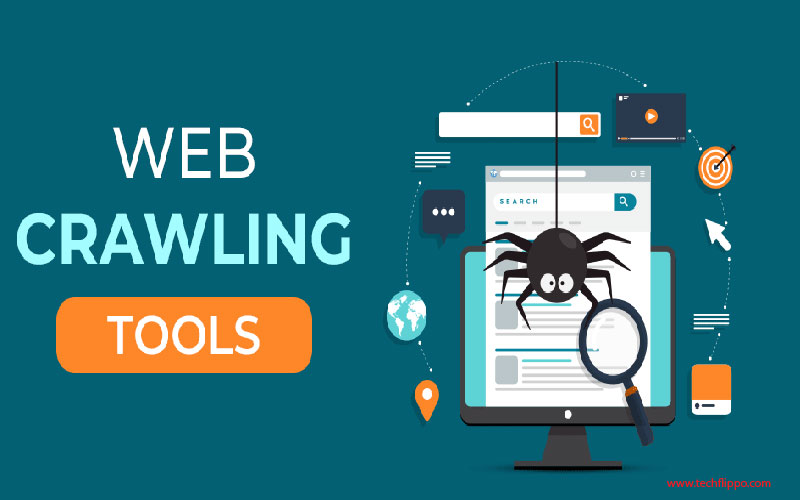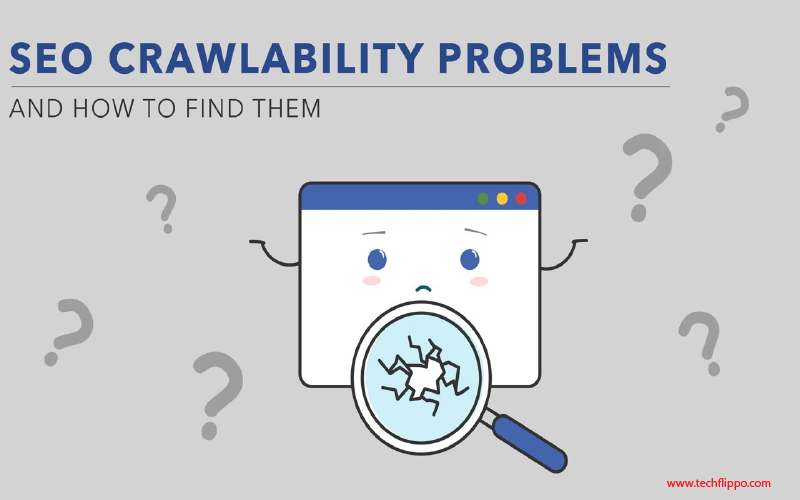Top 5 Crawling Issues That Could Be Hurting Your SEO Performance
When it comes to optimizing your website for search engines, there’s one critical aspect that often gets overlooked: crawling. Search engine bots tirelessly navigate the internet, indexing pages to serve up the best results for users. If they can’t efficiently crawl your site, it could spell disaster for your SEO performance.
Imagine putting in all that effort into crafting high-quality content and designing an attractive website only to have search engines struggle to find or understand it. It’s a frustrating scenario many website owners face without even realizing it. Understanding how crawling works and recognizing potential issues is essential for maintaining visibility on search engine results pages (SERPs).
In this post, we’ll dive into the top five common crawling issues that might be holding back your SEO efforts. Discovering these pitfalls will guide you toward a more optimized web presence and help ensure your hard work does not go unnoticed by both users and search engines alike.

The importance of proper website crawling for SEO performance
Proper website crawling is crucial for effective SEO performance. Search engines rely on crawlers to index your site and understand its content. If these crawlers face hurdles, they might miss important pages.
When a website is well-structured, it enhances the chances of being fully indexed. This means more visibility in search results, which translates to increased organic traffic. Every page counts; if some are overlooked due to crawling issues, you could be losing potential visitors.
Additionally, efficient crawling helps maintain updated information in search engines. When changes occur on your site—new products or blog posts—it’s vital that crawlers can discover these updates quickly.
A seamless crawling process also boosts user experience by ensuring visitors find relevant content without delays or errors. When search engines can navigate your site easily, both users and bots benefit from a better browsing experience.
Common crawling issues that can negatively impact SEO
Crawling issues are often overlooked but can significantly hinder your SEO efforts. One common problem is the use of robots.txt files that unintentionally block search engine crawlers from accessing important pages on your site.
Another frequent issue arises with improper redirects. When a page is moved or deleted, if it’s not redirected correctly, crawlers may encounter 404 errors instead of reaching the desired content. This not only frustrates users but also disrupts indexing.
Moreover, excessive parameters in URLs can confuse crawlers. They might end up crawling unnecessary variations of a single page rather than the main one you want to rank.
Poorly structured internal linking can limit how efficiently search engines discover and index your content. By addressing these common crawling issues, you set a solid foundation for better SEO performance down the road.
Slow website speed and its effects on crawling and SEO
Website speed plays a crucial role in how search engines crawl your site. When pages load slowly, crawlers may not fully index them, leading to missed opportunities for visibility.
A sluggish site can frustrate users too. If visitors experience delays, they are likely to bounce away. High bounce rates signal to search engines that your content isn’t valuable or engaging.
Moreover, slow loading times can affect your site’s ranking on search engine results pages (SERPs). Search engines prioritize fast-loading sites because they provide better user experiences.
In addition, if a website is consistently slow, it may limit the number of pages crawled during a single visit by bots. This means important updates or new content might go unnoticed by both users and search engines alike.
Optimizing your site’s speed should be a priority. Simple measures like compressing images and leveraging browser caching can make significant differences in performance and SEO impact.

Duplicate content and how it affects crawling and SEO
Duplicate content can create significant challenges for search engines and website owners alike. When several pages feature identical or very similar text, it confuses crawlers. They struggle to determine which version should rank higher in search results.
This ambiguity leads to dilution of SEO efforts. Instead of boosting visibility, your pages might compete against each other, causing lower rankings across the board. That’s not what you want when striving for online prominence.
Moreover, duplicate content can result in wasted crawl budget. Search engine bots have limited resources to index your site effectively. If they spend too much time on duplicate content, valuable unique pages may get overlooked entirely.
To mitigate these issues, consider implementing canonical tags or 301 redirects. These strategies guide crawlers toward the preferred versions of your content while preserving link equity and enhancing user experience on your site.
Broken links and their impact on website crawling and SEO
Broken links act like roadblocks for search engine crawlers. When a crawler encounters a broken link, it gets stuck, unable to access the intended page. This disrupts the flow of crawling across your site.
Search engines prioritize user experience. If they find numerous broken links, your site’s credibility takes a hit. A high number of dead ends can lead to lower rankings in search results.
Additionally, users may abandon your site if they stumble upon these errors. Frustration with broken links leads to increased bounce rates and decreased engagement metrics.
Regularly auditing your website for broken links is essential. Tools like Google Search Console can help identify them quickly and easily. Fixing these issues not only improves SEO but also enhances overall user satisfaction on your site.
How to identify and fix crawling issues for improved SEO performance
To identify crawling issues, start by using tools like Google Search Console. This platform provides invaluable insights into how search engines view your site. Look for any crawl errors reported there.
Next, analyze your website speed with tools such as GTmetrix or PageSpeed Insights. A slow-loading page can deter crawlers and users alike. If you find bottlenecks, consider optimizing images or leveraging browser caching.
Check for duplicate content by running a site audit with software like Screaming Frog or Moz. Eliminating duplicates is crucial because they confuse search engine bots.
Broken links can derail the crawling process too. Regularly run link checks to find and repair these broken paths.
Keep an eye on your robots.txt file to ensure it isn’t blocking important pages from being indexed. Adjust permissions if necessary to enhance accessibility for crawlers.
Conclusion: The importance of regular maintenance to avoid crawling issues
Regular maintenance of your website is crucial for maintaining optimal SEO performance. Crawling issues can arise unexpectedly and, if left unchecked, they may significantly hinder your site’s visibility on search engines. Routine checks help identify any potential problems before they escalate into major setbacks.
Implementing a structured approach to monitor your site ensures that slow loading speeds, duplicate content, or broken links don’t disrupt the user experience or search engine indexing. Investing time in regular audits and updates can lead to improved rankings and increased organic traffic.
Catching crawling issues early sets you up for success in the long run. Prioritize this aspect of your digital strategy—it’s an integral part of sustaining a healthy online presence and maximizing your SEO efforts effectively.